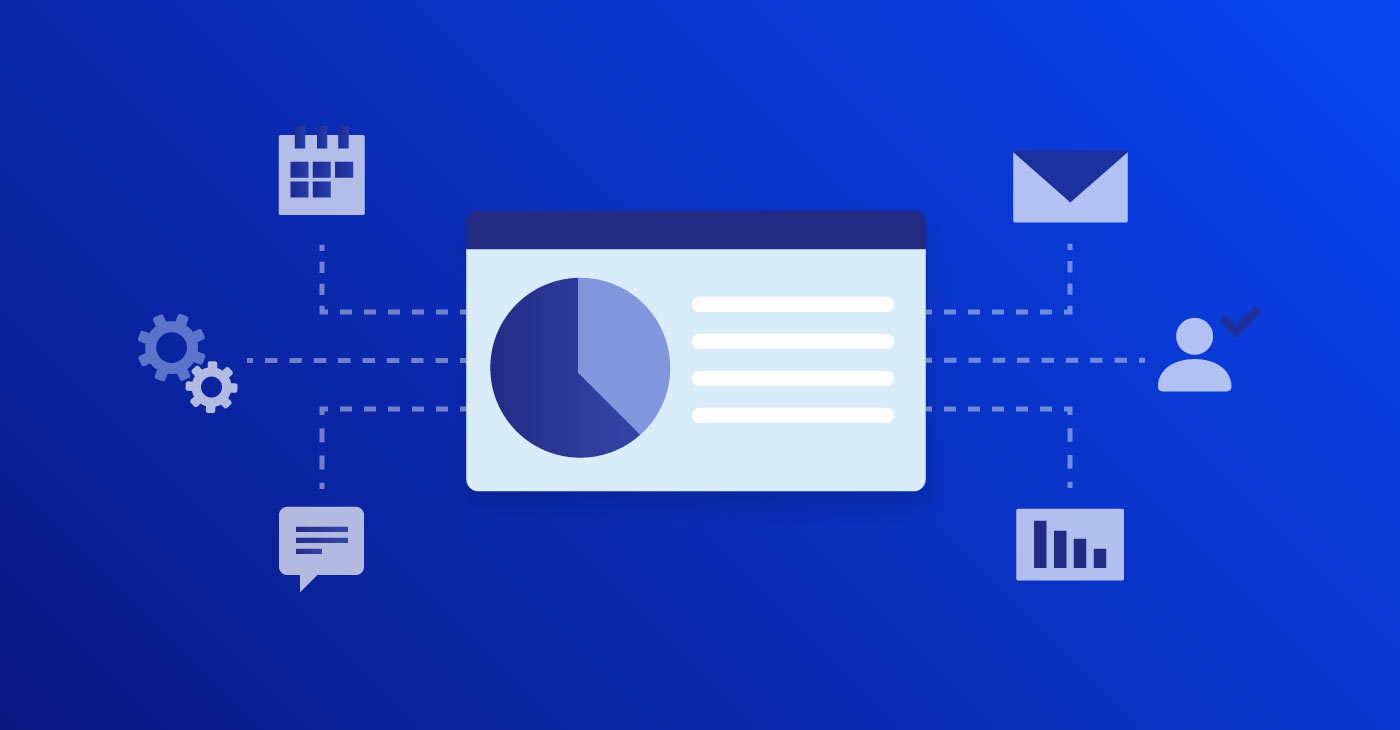In this post you are going to learn what a landing page is, how it can benefit you and also 7 important factors that you must consider when you put together a landing page in order to maximize conversions. A landing page is a page that exists solely for the purpose of directing a visitor to complete an action. For example, signing up to a mailing list or purchasing a product. The ultimate goal is to convert, whether you want to capture an email address from a visitor, sell a product or to urge a potential customer to pick up the phone. There are a lot of different factors that you need to consider when you’re creating a landing page, but I’ve distilled this down into 7 essential factors that can make or break a landing page.
1. What Is Your End Goal?
Before you do anything you need to know what you want the end result to be. Do you want to capture an email address or some other information or do you want the visitor to perform a different action? If there are multiple goals that you have for people once they get to your landing page then I suggest that you make this easier by breaking this up into a single primary goal and then secondary goals. It needs to be 100% clear to anyone viewing the landing page which goal is the most important and in turn which action you want them to complete.
2. Who Are You Targeting?
Your landing page needs to speak to your target customers but this can be difficult depending on the type of industry that you’re operating in. I have found that the most straight forward way of doing this is to develop personas for your target customer(s) and then plan the individual elements of your landing page around them and speak to them directly. This will help a lot when it comes to writing copy, adding your call(s) to action and deciding on which colors to use.
3. Include a Powerful Call to Action (CTA)
If you haven’t come across this before; a call to action is where you ask the visitor or reader to complete an action. This is part of the reason for your landing page existing in the first place and without it you’re definitely not going to convert anyone into a lead or buyer. By now you will already know what action you want people to complete after they visit your landing page so you can work around that into your call to action. This can be as simple as a button with just two or three words such as:
“Sign Up Now”
“Download Now”
“Access Now”
“Apply Now”
The wording of your call to action can make quite a difference on your conversions so this is definitely something you need to test, in order to see which works best for your landing page. I’ll talk a bit more about testing further on in this post.
4. No Distractions
There’s no reason why your landing page shouldn’t be visually appealing but be careful that you don’t distract visitors away from your call to action. For example, don’t add links to other pages (internal or external) and avoid is adding advertisements to your landing pages, I’ve seen this happen a lot in the past and it won’t help you – Why trade a possible life time customer for a few dollars or even a few cents from AdSense?
5. Write to Sell
Remember, that in some shape or form, whatever your end goal maybe, you need to write to sell. This is where buyer/customer persona’s become incredibly powerful because you can tailor the entire landing page around how they purchase products/services and really speak to them on a deep level. Use emotional words in your copy and speak directly to the wants, fears and desires of your target customers. Generally short and snappy content works well but if you operate in a technical industry then you may need to add some more detail to your copy. Don’t forget to build trust, if you’ve worked with big clients or you have something to shout about – then SHOUT about it. When you have stellar copywriting then the rest usually falls in to place.
6. Think about Colors
There is a deep level of psychology behind the use of color and it can be an extremely valuable tool when utilized properly in your landing page. Have you ever looked at the logos of major brands and noticed that in certain industry sectors there commonly used color combinations? Look at the banking sector for example. There are an extraordinary number of banks that use blue, green or a combination of the two. When you look at the psychological effects of these colors it makes a lot of sense too because blue is generally perceived to convey trust and security, while green has a big connection with wealth.
From your customer persona(s) you should be able to identify what colors should be worked into your landing page. For example if you have identified that your target customers are impulse buyers then using red within the design of your landing page can work really well especially when used as the color for your call to action (maybe as the button background). When it comes to things like your call to action, orange seems to be quite a common color to use because it brings together both a psychical and emotional reaction. The colors you use need to be thought about upfront to ensure that you can get the best results, that way you can work them into the design rather than them just being an afterthought.
7. Test, Test And Test Some More
Even if you create your landing page using all the best practices and guides available, there is still no guarantee that the page will convert. This is where testing comes in. There are two main types of testing that you can use, the most common is split testing (or A/B testing). This involves testing two different elements. You could test different landing pages against each other or individual elements but I’d suggest you start off with individual elements because even individual elements can make a huge difference. For example Neil Patel removed a form field from his contact form and managed to increase his conversion rate by 26%. Just think, what a 26% upturn would do to your bottom line?
The second testing method is called multivariate testing which involves testing of more than two different variables. Here’s a useful guide that makes this really easy. Whichever testing method you choose, the important thing is to keep testing because what works today may not work tomorrow and vice versa. Trends in design change and so do trends in human behavior, so it’s important to keep our landing pages up to speed.
Summary
Creating a powerful landing page isn’t that easy but if you remember these 7 factors and really go to town when it comes to the planning and customer persona(s) then you will have built yourself a very stable foundation to build upon. For some inspiration it is well worth checking out Neil Patel’s landing pageand one of the Sales Force landing pages. When you next look at a landing page, take a look at how it’s put together and I’m sure you’ll soon be able to spot the good from the bad and get a really good idea on what can work for you.









